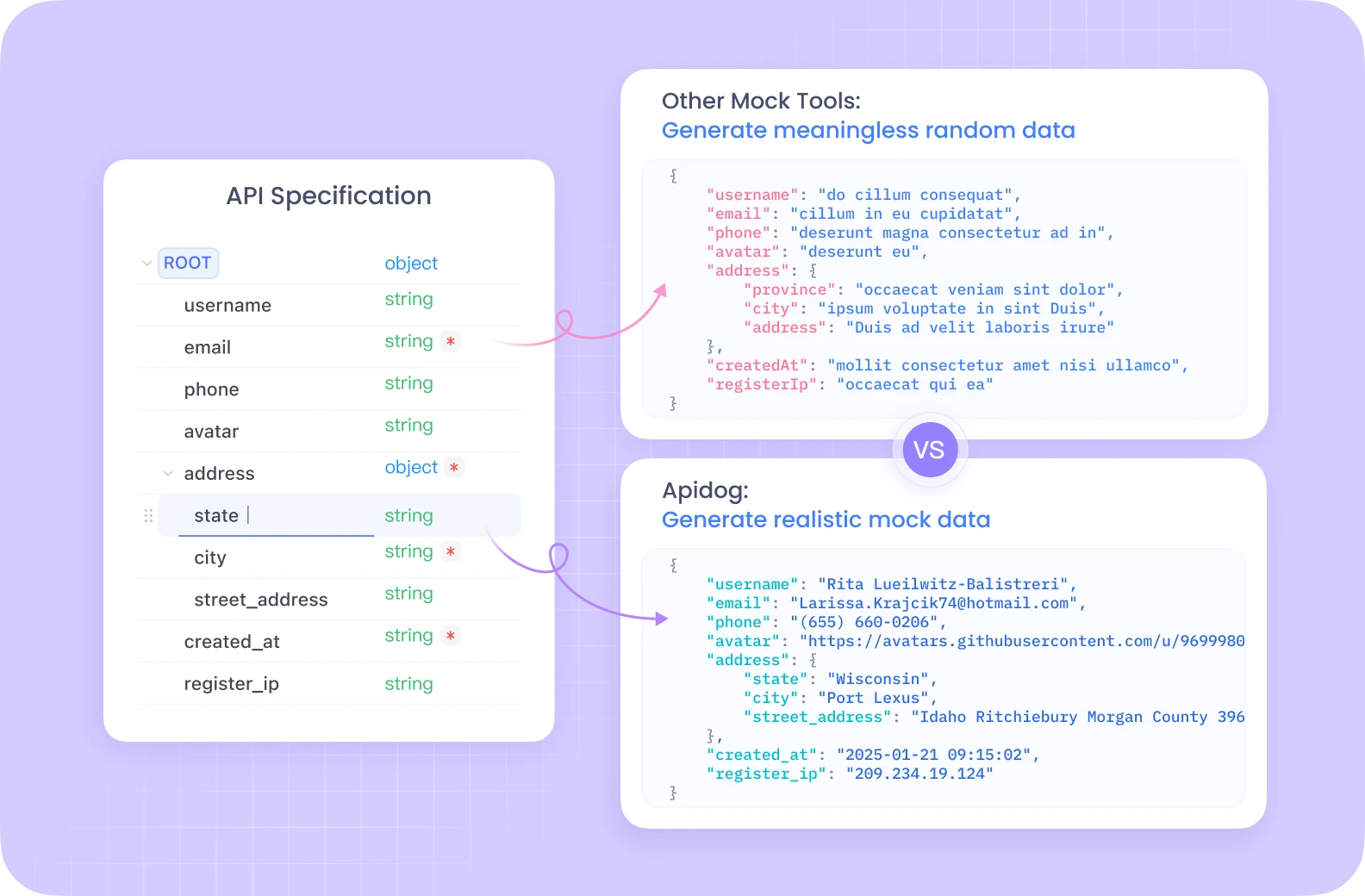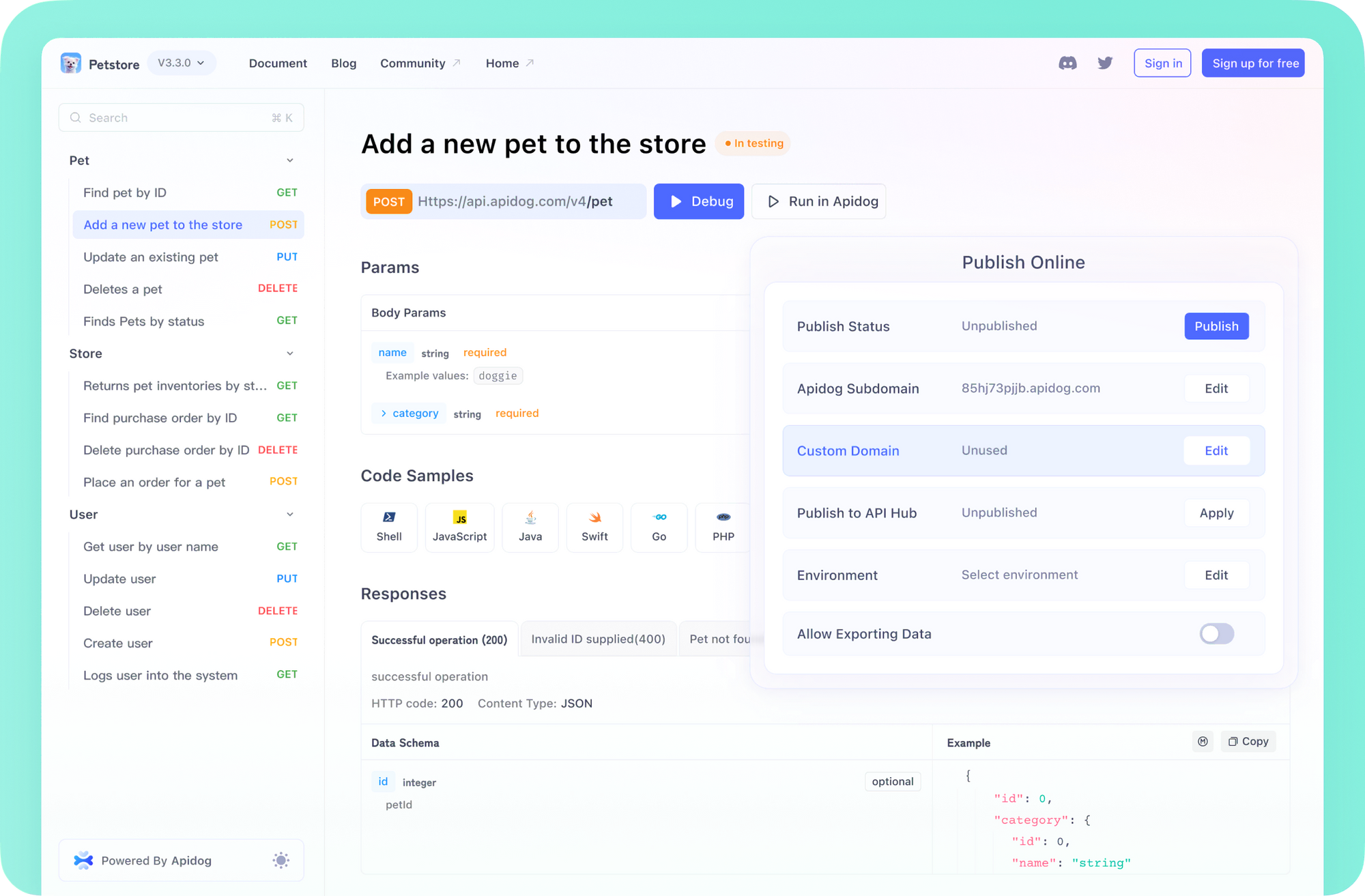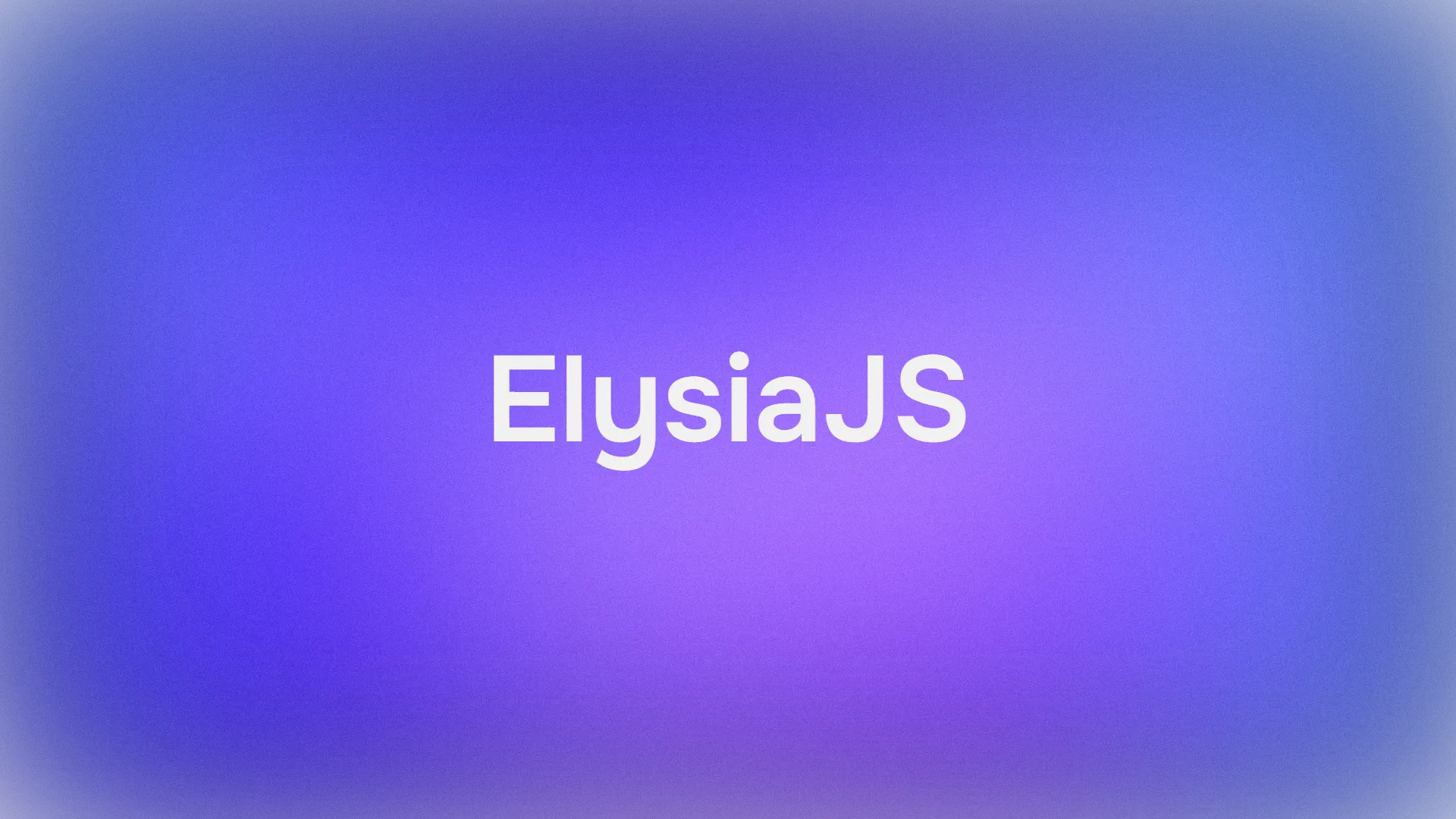What is Neovim?
Neovim is a hyper-extensible, Vim-based text editor that aims to modernize and improve upon the classic Vim experience. Launched in 2014 as a fork of Vim, Neovim has since evolved into a standalone project with its own identity and development trajectory. While maintaining full compatibility with Vim's editing model, Neovim introduces a more maintainable codebase, better default settings, and a robust plugin architecture that leverages asynchronous execution.
At its core, Neovim preserves the modal editing philosophy that has made Vim legendary among developers and power users. This approach separates text editing into different modes - primarily normal mode for navigation and commands, insert mode for typing text, and visual mode for selecting and manipulating text blocks. This separation enables incredibly efficient text manipulation once mastered, allowing users to edit text at the speed of thought rather than the speed of keystrokes.
Neovim distinguishes itself from traditional text editors through its extensibility. It provides first-class support for language servers through the Language Server Protocol (LSP), built-in terminal emulation, and a Lua scripting interface that enables developers to create powerful plugins with minimal overhead. These features position Neovim as not just a text editor but a customizable development environment that can be tailored to individual workflows.
Before diving into our Neovim commands, I'd like to introduce you to Apidog – a comprehensive API development platform that's rapidly becoming the preferred Postman alternative for many developers.

If you frequently work with APIs while coding in Neovim, Apidog offers a seamless experience for API design, debugging, and documentation.

Apidog combines API documentation, automated testing, and mock servers in one integrated tool, making it perfect for both individual developers and teams. Its intuitive interface and powerful features streamline your API workflow while maintaining compatibility with your existing Postman collections. Take a moment to test Apidog alongside your Neovim setup – the combination of these powerful tools could revolutionize your development process.
Now, let's dive into those essential Neovim commands!
Why You Should Use Neovim
Performance and Efficiency
Neovim's architecture is designed for speed. By leveraging asynchronous I/O, it remains responsive even when running intensive tasks like code indexing or git operations. This means no more freezes or lag while working on large files or complex projects. The modal editing approach also minimizes hand movement, reducing the risk of repetitive strain injuries common among developers who spend hours coding.
Customizability and Extensibility
While many modern editors offer customization options, Neovim's approach is uniquely powerful. Every aspect of the editor can be configured to your preferences, from keybindings to appearance. The robust plugin ecosystem allows you to extend functionality in virtually any direction - transform Neovim into an IDE for your preferred language, a writing environment for documentation, or anything in between.
Future-Proof Skills
Learning Neovim develops editing skills that transcend specific tools or environments. Vim-style editing is available as a plugin or mode in nearly every popular editor and IDE, including VS Code, IntelliJ IDEA, and even browsers. Mastering these commands creates transferable skills that improve your productivity across multiple platforms.
Resource Efficiency
Neovim's minimal resource footprint makes it an excellent choice for remote work or lower-powered devices. It starts instantly and consumes significantly less memory than graphical editors, leaving more resources available for your actual development tasks.
Community and Ecosystem
Neovim has fostered an active community that continuously contributes to its improvement. The plugin ecosystem is rich and diverse, with tools available for virtually every development need. From fuzzy finding and file navigation to git integration and syntax highlighting, the community has created solutions that rival or exceed those found in commercial IDEs.
Open Source Ethos
By choosing Neovim, you're embracing a fully open source tool with a transparent development process. Your editor isn't subject to the whims of a corporation or sudden changes in licensing or pricing models.
How to Install Neovim on Windows, Mac, Linux
Windows Installation
Using Windows Package Manager (winget)
winget install Neovim.Neovim
Using Chocolatey
choco install neovim
Using Scoop
scoop install neovim
Manual Installation
- Visit the Neovim GitHub releases page
- Download the latest stable Windows ZIP archive
- Extract the contents to a location of your choice (e.g.,
C:\Program Files\Neovim) - Add the
bindirectory to your PATH environment variable - Verify installation by opening a command prompt and typing
nvim --version
macOS Installation
Using Homebrew
brew install neovim
Using MacPorts
sudo port install neovim
Manual Installation
- Download the latest macOS archive from the Neovim GitHub releases page
- Extract the application to your Applications folder
- Optionally, add an alias to your shell configuration file:
alias nvim='/Applications/Neovim.app/Contents/MacOS/nvim'
Linux Installation
Ubuntu/Debian
sudo apt update
sudo apt install neovim
Fedora
sudo dnf install -y neovim python3-neovim
Arch Linux
sudo pacman -S neovim
Building from Source
For the latest features or on distributions without up-to-date packages:
git clone https://github.com/neovim/neovim
cd neovim
make CMAKE_BUILD_TYPE=RelWithDebInfo
sudo make install
Verifying Your Installation
After installation, open a terminal or command prompt and type:
nvim --version
You should see output displaying the Neovim version and build information. To start Neovim, simply type:
nvim
Initial Configuration
Neovim stores its configuration in the following locations:
- Windows:
%LOCALAPPDATA%\nvim\ - macOS/Linux:
~/.config/nvim/
Create an init.vim file in this directory for Vimscript configuration or an init.lua for Lua configuration. Many users start with a minimal configuration and build up as they learn:
Basic init.vim example:
" Basic settings
set number " Show line numbers
set relativenumber " Show relative line numbers
set expandtab " Use spaces instead of tabs
set tabstop=4 " Set tab width to 4 spaces
set shiftwidth=4 " Set shift width to 4 spaces
set autoindent " Enable auto-indentation
set smartindent " Enable smart indentation
set termguicolors " Enable true colors support
Top 100 Neovim Commands for Beginners
Neovim has established itself as a powerful, extensible text editor for developers and power users alike. Building on Vim's foundation, Neovim offers improved performance, better plugin architecture, and a vibrant community constantly enhancing its capabilities. Whether you're a seasoned Vim veteran or a newcomer to modal editing, having a comprehensive command reference at your fingertips can dramatically improve your efficiency and workflow.
This cheatsheet compiles 100 essential Neovim commands that every user should know, organized by category for quick reference. From basic navigation to advanced text manipulation, these commands represent the toolkit that makes Neovim such a formidable editing environment. Mastering even a subset of these commands will significantly boost your productivity and help you harness Neovim's full potential.
Basic Navigation
h,j,k,l- Move cursor left, down, up, right (the core movement keys in Neovim)w- Jump to start of next word (punctuation considered as words)W- Jump to start of next WORD (space-separated words)b- Jump to start of previous wordB- Jump to start of previous WORDe- Jump to end of wordE- Jump to end of WORD0- Jump to start of line (first column)^- Jump to first non-blank character of line$- Jump to end of linegg- Go to first line of documentG- Go to last line of document{number}G- Go to specific line number{- Jump to previous paragraph/code block}- Jump to next paragraph/code blockCtrl-u- Move up half a screenCtrl-d- Move down half a screenCtrl-b- Move up one full screenCtrl-f- Move down one full screenzz- Center cursor on screen (current line becomes middle line)zt- Position cursor at top of screenzb- Position cursor at bottom of screen
Editing Commands
i- Enter insert mode before cursor (for inserting text)I- Enter insert mode at beginning of linea- Enter insert mode after cursor (append)A- Enter insert mode at end of lineo- Insert new line below current line and enter insert modeO- Insert new line above current line and enter insert moder- Replace a single character under cursor (without entering insert mode)R- Enter replace mode (overwriting existing text)x- Delete character under cursorX- Delete character before cursordd- Delete entire line (and store in register){number}dd- Delete multiple linesD- Delete from cursor to end of lineyyorY- Yank (copy) entire line{number}yy- Yank multiple linesy$- Yank from cursor to end of linep- Paste after cursorP- Paste before cursoru- Undo last changeCtrl-r- Redo (undo the undo)~- Switch case of character under cursor>>- Indent line<<- Unindent line.- Repeat last command (powerful for repetitive edits)ccorC- Change entire line (delete line and enter insert mode)cw- Change word (delete word and enter insert mode)c$orC- Change to end of lineJ- Join current line with the next line
Search and Replace
/pattern- Search forward for pattern?pattern- Search backward for patternn- Repeat search in same directionN- Repeat search in opposite direction*- Search forward for word under cursor#- Search backward for word under cursor:%s/old/new/g- Replace all occurrences of 'old' with 'new' throughout file:%s/old/new/gc- Replace all occurrences with confirmations:s/old/new/g- Replace all occurrences on current line:noh- Clear search highlightinggd- Go to local definition of word under cursorgD- Go to global definition of word under cursor
Visual Mode
v- Enter character-wise visual mode (select characters)V- Enter line-wise visual mode (select entire lines)Ctrl-v- Enter block-wise visual mode (select rectangular blocks)gv- Reselect previous visual selectiono- In visual mode: Move to other end of selectionO- In visual block mode: Move to other corner of blockaw- Select a word (in visual mode)ab- Select a block with () (in visual mode)aB- Select a block with {} (in visual mode)at- Select a block with HTML/XML tags (in visual mode)
File Operations
:e filename- Edit a file (create if doesn't exist):w- Write (save) the file:w filename- Write to specified filename (save as):q- Quit (fails if unsaved changes):q!- Quit without saving (discard changes):wqor:x- Write and quit:saveas filename- Save file as filename:r filename- Insert contents of file below cursor:r !command- Insert output of shell command below cursor
Working with Windows and Tabs
:splitor:sp- Split window horizontally:vsplitor:vs- Split window verticallyCtrl-w h/j/k/l- Navigate between windows (left/down/up/right)Ctrl-w +/-- Increase/decrease window heightCtrl-w </>- Increase/decrease window widthCtrl-w =- Make all windows equal sizeCtrl-w o- Make current window the only one:tabnew- Create new tabgt- Go to next tabgT- Go to previous tab:tabclose- Close current tab:tabonly- Close all other tabs
Buffer Management
:ls- List all buffers:b number- Switch to buffer by number:bn- Next buffer:bp- Previous buffer:bd- Delete buffer (close file):bufdo command- Execute command on all buffers:e #- Edit the alternate file (usually the previously edited file)
Marks and Jumps
m{a-z}- Set mark at current position (lowercase for file-local)m{A-Z}- Set mark at current position (uppercase for global)'{mark}- Jump to line of mark`{mark}- Jump to position of markCtrl-o- Jump to older position in jump listCtrl-i- Jump to newer position in jump list'.- Jump to position of last change`.- Jump to exact position of last change
Text Objects and Motions
ci(- Change inside parenthesesdi"- Delete inside double quotesyi]- Yank inside square bracketsva{- Visually select around curly braces (including the braces)dap- Delete around paragraphcit- Change inside HTML/XML tagdiw- Delete inside worddaw- Delete around word (including spaces)dab- Delete around block (parentheses)daB- Delete around block (curly braces)
Fold Commands
zf- Create fold (in visual mode)zo- Open fold under cursorzc- Close fold under cursorza- Toggle fold under cursorzR- Open all foldszM- Close all foldszj- Move to next foldzk- Move to previous fold
Neovim-Specific Features
:terminalor:term- Open integrated terminalCtrl-\ Ctrl-n- Exit terminal mode to normal mode:checkhealth- Run Neovim's diagnostic tool:lua require('telescope.builtin').find_files()- Use Telescope plugin to find files:TSInstall language- Install treesitter parser for a language:LspInfo- Show Language Server Protocol status:TSBufToggle highlight- Toggle treesitter highlighting:highlight- Show current highlight groups:Tutor- Start Neovim's built-in tutorial:help nvim-features- View Neovim's specific features
Advanced Features
q{a-z}- Record macro into register@{a-z}- Play macro from register@@- Repeat last played macrog&- Repeat last substitution on all lines:norm cmd- Execute normal mode command on selected linesgf- Go to file under cursorCtrl-a- Increment number under cursorCtrl-x- Decrement number under cursor:sort- Sort selected lines!motion command- Filter text through external command
Conclusion
Neovim's power lies in its extensive command set, and mastering these commands will significantly enhance your editing efficiency. Remember that proficiency comes with practice – start by incorporating a few new commands into your workflow each day, and soon they'll become second nature.
The modal editing philosophy of Neovim allows for incredibly precise and efficient text manipulation once you build muscle memory for these commands. Consider creating your own custom key mappings for frequent operations to further boost your productivity.
As your proficiency grows, you might want to explore the plugin ecosystem to extend Neovim's functionality. Popular plugins like Telescope for fuzzy finding, LSP configurations for code intelligence, and Treesitter for improved syntax highlighting can transform Neovim into a powerful integrated development environment tailored to your specific needs.
For those working with APIs while using Neovim, don't forget to try Apidog as a comprehensive Postman alternative. Its streamlined interface and powerful features complement Neovim's efficiency-focused approach to create an optimal development environment.
Whether you're writing code, documenting projects, or editing configuration files, these Neovim commands provide the foundation for a text editing experience that grows with your needs and adapts to your personal workflow. With time and practice, you'll discover that the initial learning curve of Neovim pays extraordinary dividends in long-term productivity and editing joy.
Happy editing!



